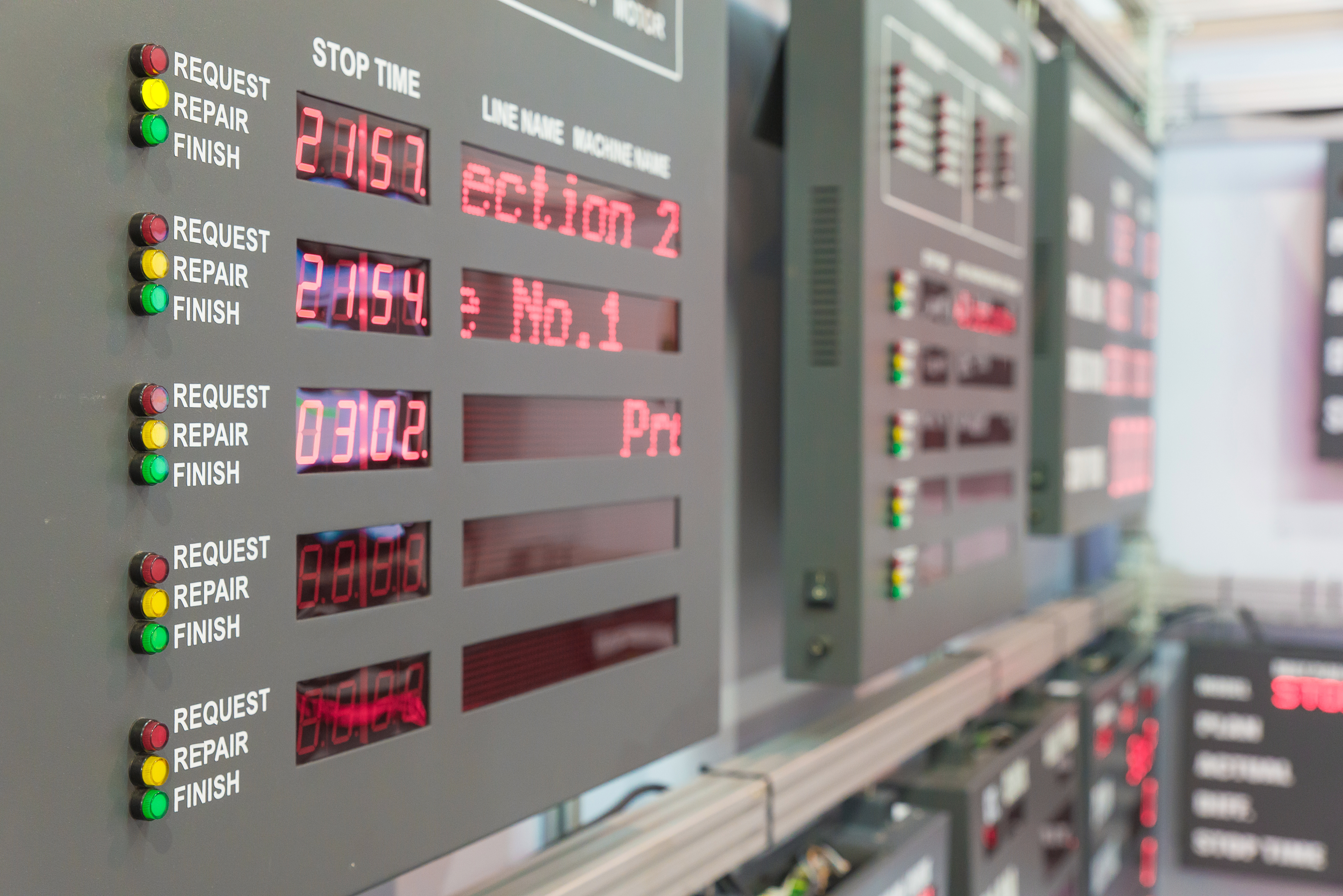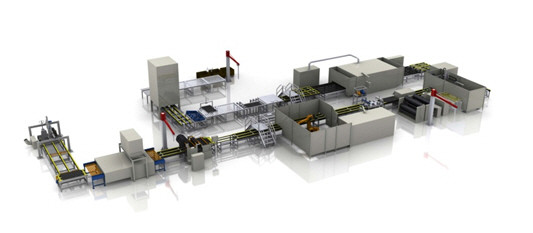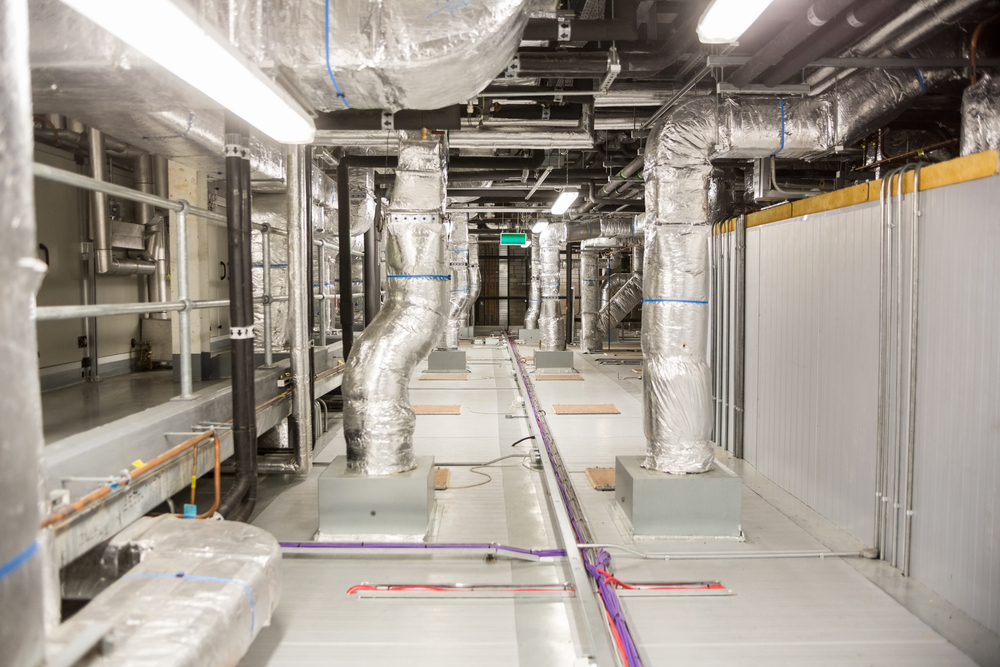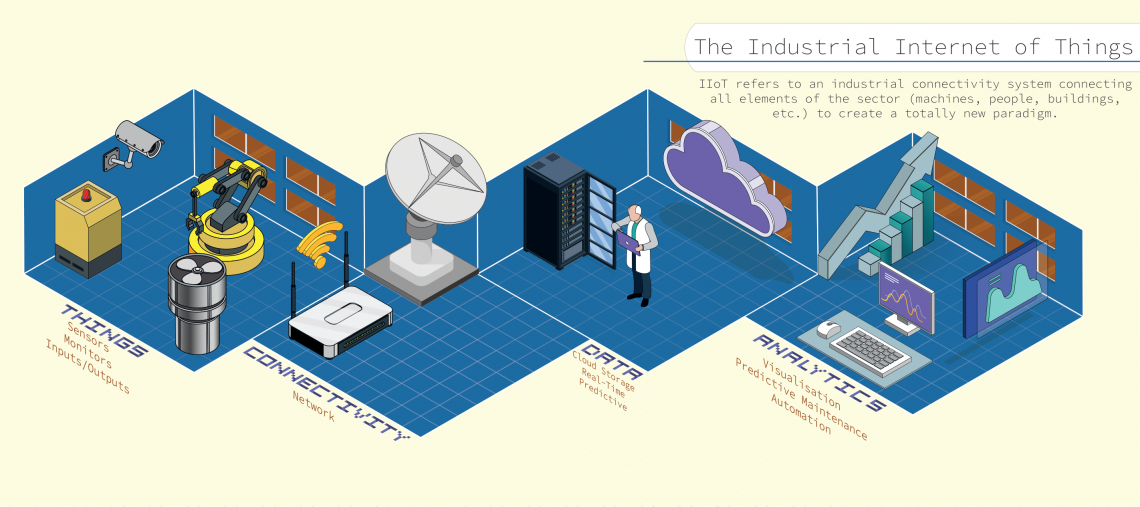Energy monitoring is essential for businesses, organizations, and individuals looking to reduce their energy bills and become more energy efficient. By monitoring the energy use of your building or facility, you can identify areas where you can save energy and reduce costs. This blog will discuss what energy monitoring is, the components of energy monitoring, the benefits of energy monitoring, and how to set up and use energy monitoring data. We'll also look at some tips for optimizing energy monitoring and discuss some of the applications of energy monitoring.
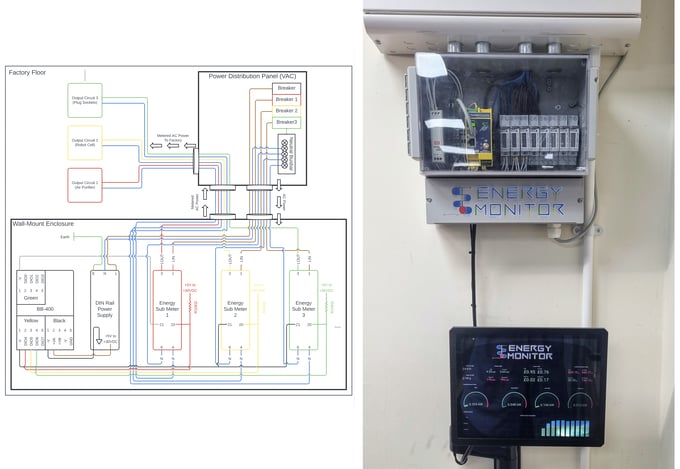
What is Energy Monitoring?
Energy monitoring is measuring the energy use of a building or facility. It involves using specialized equipment and software to measure and monitor a building or facility's electricity, gas, and water usage. This data can then identify areas where energy is wasted and increase energy use efficiency.
Energy monitoring can be used to measure energy use in both residential and commercial buildings and can be used to identify areas of wasted energy or to track energy usage over time. Energy monitoring systems are becoming increasingly popular as they provide a cost-effective way to measure energy use and identify areas where energy is wasted.
Benefits of Energy Monitoring
Energy monitoring can provide several benefits, including:
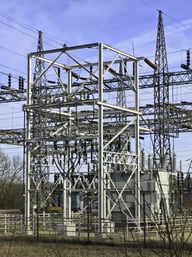
- Improved energy efficiency: Energy monitoring systems can help identify areas of wasted energy so that steps can be taken to reduce energy use and increase efficiency.
- Cost savings: Businesses and organizations can save money on energy bills by identifying areas of energy wastage and reducing energy use.
- Improved environmental performance: By reducing energy use, businesses and organizations can contribute to a greener environment and reduce their carbon footprint.
- Increased comfort: By monitoring energy use, businesses and organizations can identify areas where the comfort of their employees or customers is being compromised and address these issues.
Components of Energy Monitoring
An energy monitoring system typically consists of three main components:
- Sensors and meters: Measure energy consumption and can be installed around the building or facility in various locations.
- Data loggers: These are used to collect and store data from the sensors and meters.
- Software: This is used to analyze the data collected by the sensors and meters and to generate reports and visualizations.
![]()
Other components which are used in energy monitoring: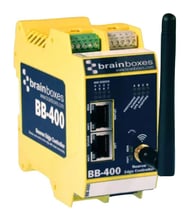
- BB-400: The BB-400 Industrial Edge Controller uses IO and serial interfaces with various network connections to send data to your application. Edge processing is done with a Raspberry Pi module. For easy integration and customization, the device uses open-source API programming. C#, Python, or Node-RED can combine insights from machines of all types and eras, avoiding many interoperability concerns that have impeded integrated automation.
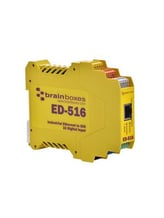 ED-516: Ethernet-DIO device: 16 non-isolated digital input channels. Each four-line output group shares a common rail. There is a powerful 32-bit ARM 80 MHz Processor. The device may be managed over TCP/IP using either the Modbus TCP protocol or specific ASCII commands. The device can be installed as a COM Port on a Windows PC to provide complete compatibility with legacy applications.
ED-516: Ethernet-DIO device: 16 non-isolated digital input channels. Each four-line output group shares a common rail. There is a powerful 32-bit ARM 80 MHz Processor. The device may be managed over TCP/IP using either the Modbus TCP protocol or specific ASCII commands. The device can be installed as a COM Port on a Windows PC to provide complete compatibility with legacy applications.
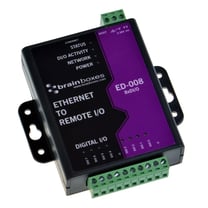 ED-008: Ethernet to DIO device with eight digital input/output channels. Powerful ARM 80 MHz, 32 Bit Processor. Provides durable and sophisticated 'control side' devices that connect with systems in the 24V manufacturing floor environment, also known as the 'process side.' The device installs as a COM Port on the Computer to provide backward compatibility for legacy software.
ED-008: Ethernet to DIO device with eight digital input/output channels. Powerful ARM 80 MHz, 32 Bit Processor. Provides durable and sophisticated 'control side' devices that connect with systems in the 24V manufacturing floor environment, also known as the 'process side.' The device installs as a COM Port on the Computer to provide backward compatibility for legacy software.
How to Set Up Energy Monitoring
Setting up an energy monitoring system can be complex and should be done by a qualified professional. The process typically involves the following steps:
- Selecting the right equipment: The sensors and meters used in an energy monitoring system should be chosen based on the needs of the building or facility.
- Installing the equipment: The sensors and meters should be installed in the appropriate locations around the building or facility.
- Connecting the equipment: The sensors and meters should be connected to the data logger, which should communicate with the software.
- Configuring the software: The software should be configured to generate accurate reports and visualizations.
How to Use Energy Monitoring Data
When using energy monitoring data, it's vital to identify all energy sources and usage patterns. This can include both electricity and natural gas. Once all energy sources have been identified, energy monitoring systems can be set up to track and record data. Systems typically consist of a data logger, sensors, and a software platform. The data logger collects the data from the sensors and sends it to the software platform, where it can be monitored and analyzed.
Analyzing energy monitoring data can help identify inefficiencies in energy usage. Businesses can identify areas where energy use can be reduced by looking at the data. Reductions can come from lowering unnecessary lighting, increasing the efficiency of HVAC systems, and improving insulation. Once improvements have been made, energy monitoring data will be used to track the progress over a more extended period.
Energy monitoring data can also be used to improve the overall energy efficiency of a business or organization. This can include setting energy goals and tracking progress towards those goals. Data can also be used to identify energy-saving opportunities, such as switching to renewable energy sources.
Applications of Energy Monitoring
Energy monitoring can be used in a variety of applications, including:
![]()
- Industrial and commercial buildings: Energy monitoring can be used in factories, warehouses, and commercial buildings such as offices and retail stores.
- Residential buildings: Energy monitoring can be used in houses and apartments.
- Public buildings: Energy monitoring can be used in public facilities, such as schools and hospitals.
- Utilities and smart grids: Energy monitoring can be used to measure the energy use of utilities and smart grids and to identify areas of energy waste.
Tips for Optimizing Energy Monitoring
When setting up an energy monitoring system, there are a few tips that can help optimize the design:
- Use the right equipment: The sensors and meters used in an energy monitoring system should be selected based on the needs of the building or facility.
- Install the equipment correctly: The sensors and meters should be installed in the appropriate locations around the building or facility.
- Use the right software: The software used in an energy monitoring system should be selected based on the particular needs of the building or facility.
- Keep the system current: The sensors and meters should be regularly maintained, and the software should be regularly updated.
Conclusion
Energy monitoring can benefit businesses, organizations, and individuals, including improved energy efficiency, cost savings, environmental performance, and increased comfort. An energy monitoring system typically consists of sensors, meters, data loggers, and software. The data collected by an energy monitoring system can be used to identify areas of wasted energy and include steps to reduce energy use. Energy monitoring can be used in various applications, including industrial and commercial buildings, residential buildings, public buildings, utilities, and smart grids. By following the tips outlined in this blog, businesses and organizations can optimize their energy monitoring systems and maximize the benefits they receive.
If you want to reduce your energy bills and increase energy efficiency, energy monitoring is an essential tool to help you reach your goals. With the right equipment, software, and maintenance, an energy monitoring system can help you identify areas of energy waste and take steps to reduce energy use.
Do you want to see what an affordable energy monitoring system looks like?



